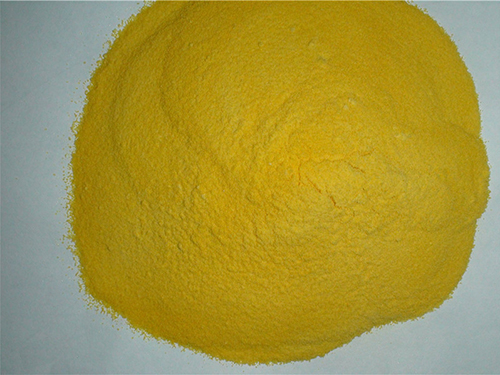Exploring the Molecular Structure and Properties of Polyaspartic Acid in Advanced Applications
The Structure and Significance of Polyaspartic Acid An Overview
Polyaspartic acid, a polyamino acid derived from aspartic acid, has garnered significant attention due to its unique structure and versatile applications across diverse fields, including biomedicine, materials science, and environmental engineering. Its structure is characterized by a repeating unit of aspartic acid, which features both carboxyl and amino functional groups, enabling it to exhibit properties that are highly beneficial for various applications.
The basic structure of polyaspartic acid consists of a long chain of aspartic acid residues linked by peptide bonds. This polymerization process can involve either the L- or D-forms of aspartic acid, resulting in different physical and chemical properties. The polymer's backbone is comprised of carbon atoms, interspersed with nitrogen from the amino groups and oxygen from the carboxyl groups. Consequently, polyaspartic acid displays a high degree of hydrophilicity, which can be beneficial in applications that require water solubility.
The Structure and Significance of Polyaspartic Acid An Overview
In the biomedical field, polyaspartic acid's biocompatibility makes it suitable for use in various drug delivery systems and tissue engineering applications. Its ability to modulate biological responses allows it to be employed in controlled release formulations, where therapeutic agents can be released over extended periods, enhancing the efficacy of treatment protocols. Additionally, its biodegradability is advantageous, as it minimizes the risks associated with long-term exposure to synthetic materials.
polyaspartic acid structure

Beyond biomaterials, the unique structural properties of polyaspartic acid have spurred interest in its application within materials science. For instance, it can be utilized in the production of polyurethanes, which are crucial for creating flexible foam, coatings, and adhesives. The incorporation of polyaspartic acid into these materials can enhance flexibility and thermal stability, providing an edge over traditional polyols.
The environmental implications of polyaspartic acid are also noteworthy. As a biodegradable polymer, it presents a more sustainable alternative to conventional petrochemical-based polymers. In the realm of environmental engineering, polyaspartic acid can be used in water treatment processes, particularly in chelation applications where it acts to sequester metal ions. This can be particularly useful in remediation strategies aimed at reducing heavy metal toxicity in contaminated water bodies.
Furthermore, polyaspartic acid's anionic nature allows it to serve as a stabilizing agent in various formulations, from paints to personal care products. Its capacity to reduce surface tension and stabilize emulsions makes it a valuable addition in the cosmetic industry, where it can improve the texture and application of formulations.
In summary, the structure of polyaspartic acid — characterized by its repeating aspartic acid units — plays a critical role in determining its multifunctional properties. Its biocompatibility, biodegradability, and ability to form gel-like networks open doors to a multitude of applications in biomedicine, materials science, and environmental remediation. As research continues to explore its capabilities, polyaspartic acid stands out as a promising candidate for innovation in sustainable technologies and advanced materials.
-
Water Treatment with Flocculant Water TreatmentNewsJun.12,2025
-
Polymaleic AnhydrideNewsJun.12,2025
-
Polyaspartic AcidNewsJun.12,2025
-
Enhance Industrial Processes with IsothiazolinonesNewsJun.12,2025
-
Enhance Industrial Processes with PBTCA SolutionsNewsJun.12,2025
-
Dodecyldimethylbenzylammonium Chloride SolutionsNewsJun.12,2025





